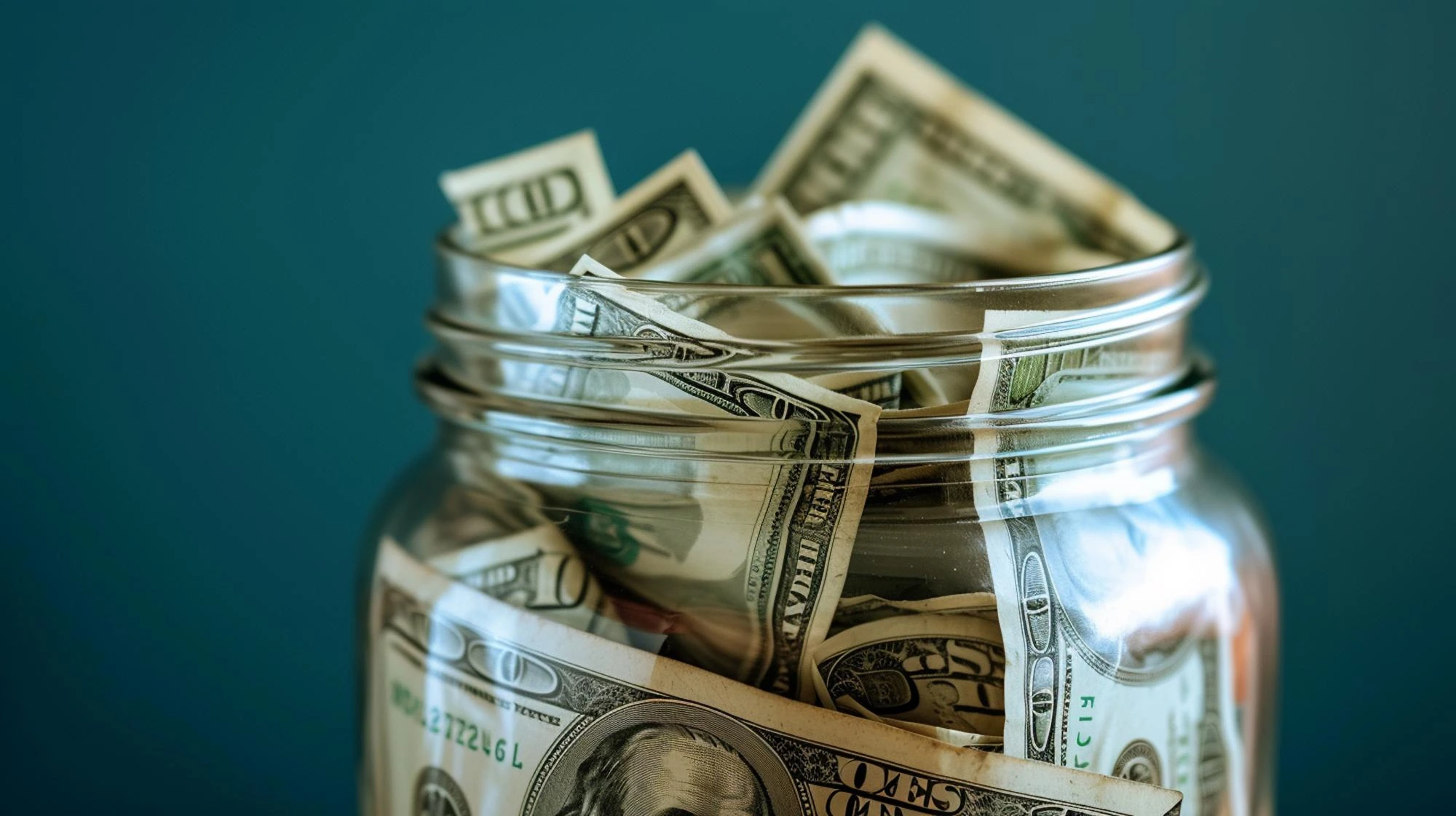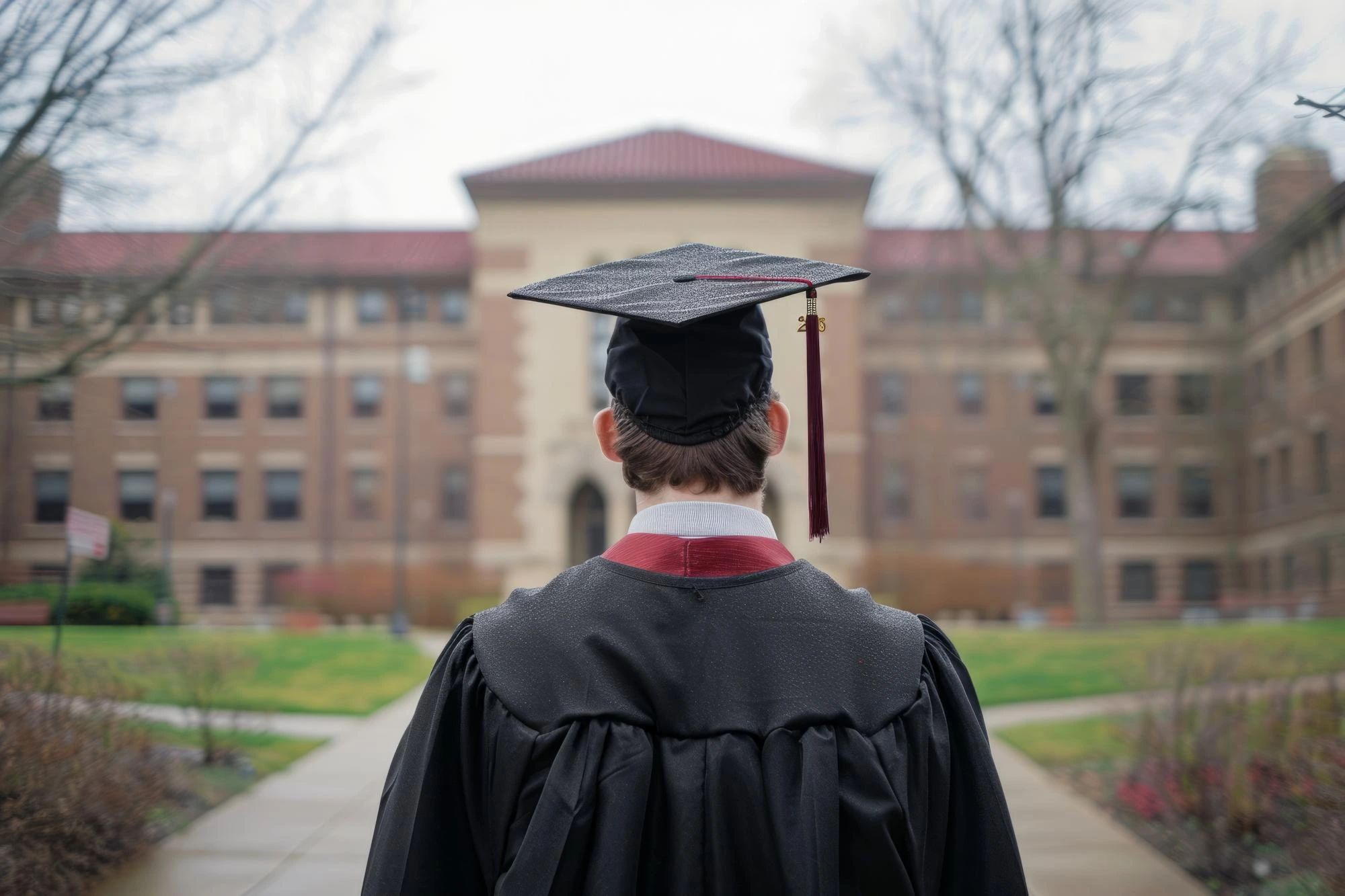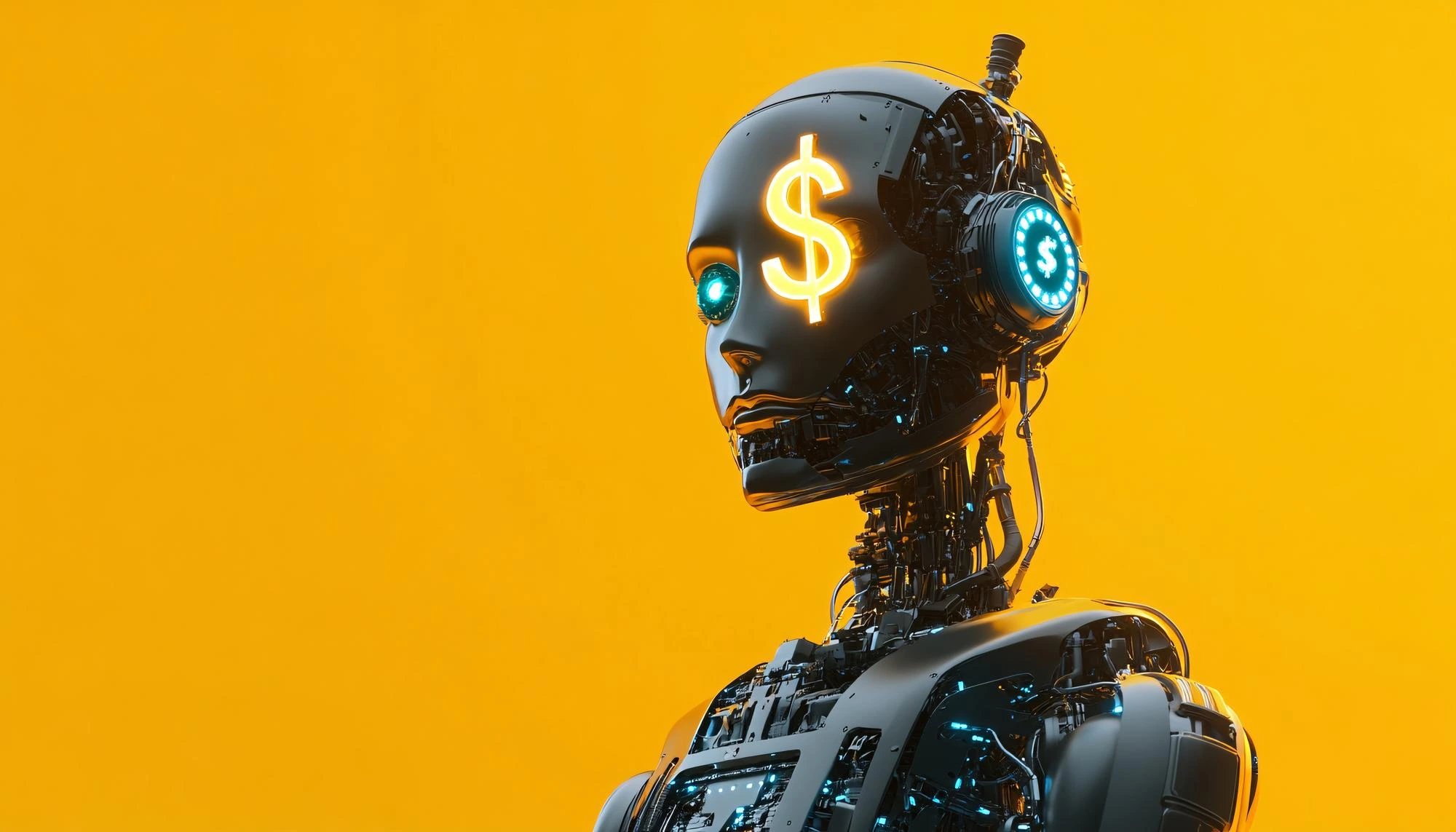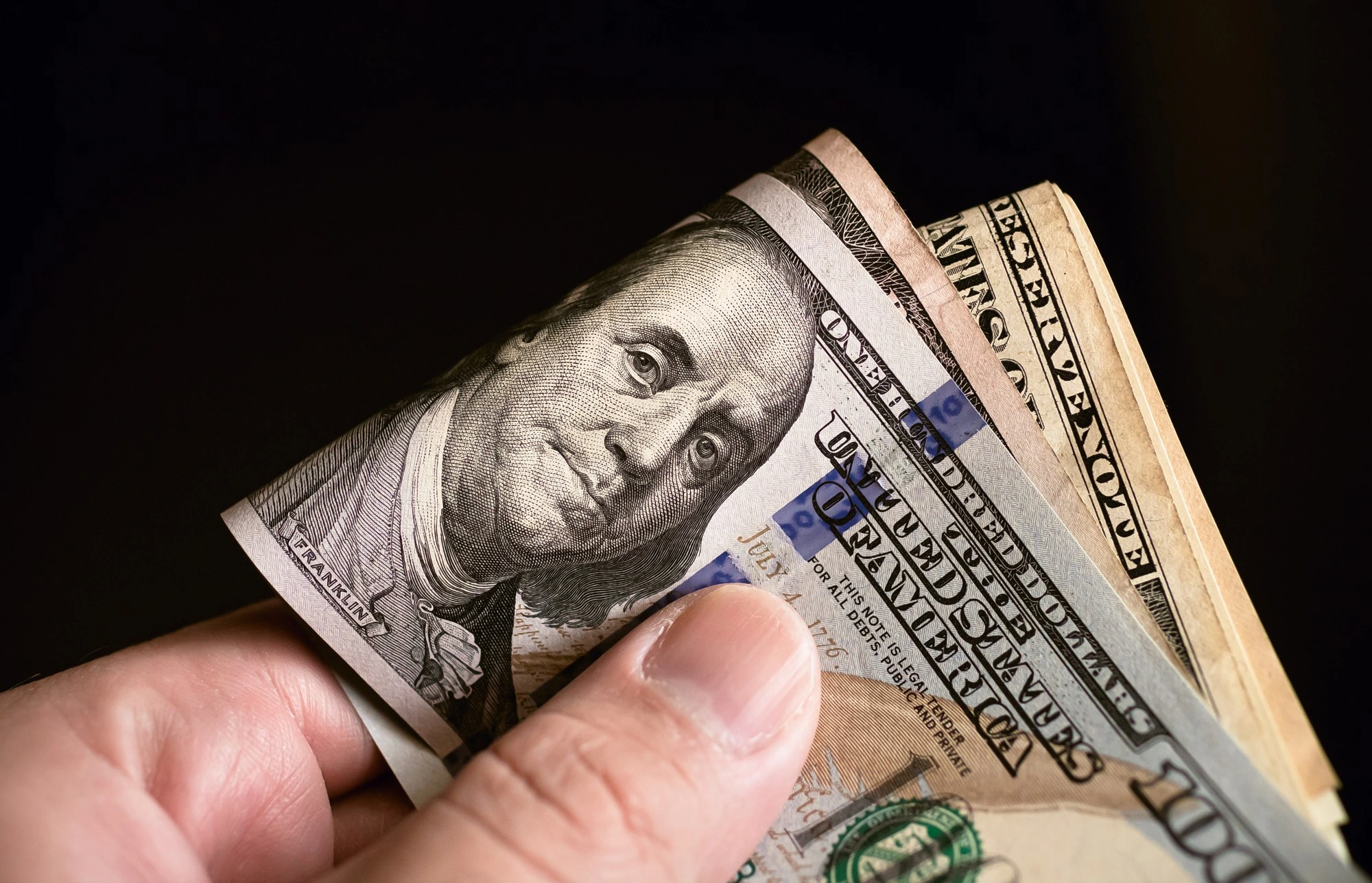After a five-year government-imposed pause, the student loan collections industry is officially back in motion and it's reentering the market at a time of significant financial stress for borrowers and opportunity (and scrutiny) for collectors.
Here’s why this moment is unlike any other since the 2008 financial crisis:
Collections restart after half a decade
The federal payment pause on student loans, in place since March 2020, ended in late 2023. As of 2025, default activity is ramping up.
- Borrowers have gone five years without needing to budget for payments.
- Many have taken on additional debt during this period, especially credit card and BNPL (Buy Now Pay Later) balances.
- The operational machinery of student loan servicing and collections is restarting after a long hibernation, causing friction and backlog.
Serious delinquency rates mirror the great recession
Recent data shows serious delinquency on student loans is back at ~8%, a level not seen since the 2009–10 recession. This is significant because:
- Delinquency had previously peaked in 2013 at ~10% due to post-recession strain.
- Today’s borrowers are reentering repayment with weaker financial health, given inflation, rising cost of living, and stagnant wages.
Policy pressure is mounting
The federal government is signaling a tougher enforcement stance on non-repayment:
- Wage garnishment for federal borrowers in default is back on the table.
- Social Security benefit offsets and tax refund seizures are being actively discussed as collection levers.
- The Department of Education has also begun re-issuing contracts to private collection agencies under tighter scrutiny and performance metrics.
These levers make federal student loan collections far more enforceable than most other unsecured debts.
Borrower confusion = Collection opportunity (and Risk)
After years of shifting repayment policies and forgiveness headlines, many borrowers are unclear about:
- Whether they need to pay
- How to enroll in income-driven repayment (IDR) plans
- What options they have in case of hardship
Collectors who educate, simplify, and guide borrowers through these options have an opportunity to increase right-party contact (RPC) rates and voluntary resolutions, but also risk regulatory attention if practices are aggressive or non-compliant.
Compliance, not just contact will define success
This is a hyper-regulated space. With rising scrutiny from:
- CFPB (Consumer Financial Protection Bureau)
- State attorneys general
- Media and borrower advocacy groups
Collection agencies must go beyond traditional models of dials and disputes. Expect AI-driven call monitoring, tagging of hardship language, and real-time QA to become the standard for remaining on the right side of regulators.
{{cta-banner}}
Why this market matters
With over $1.7 trillion in outstanding federal student loans, the collections tail is long:
- Economists at Morgan Stanley estimated this month that payments this year will rise by a collective $1 billion to $3 billion a month. That could trim 2025 gross domestic product by about 0.1 percentage point, they said.
The total addressable market (TAM) for compliant, high-accuracy, large-scale collections solutions just expanded significantly.
Final takeaway
This is a rare window where borrower confusion, policy pressure, and delinquency levels intersect to reshape an entire vertical.
For collections agencies with the right mix of empathy, scale, and compliance rigor, student loan collections in 2025–2026 could be the most important growth area since the aftermath of the Great Recession.
{{cta-banner}}








.jpg)









.webp)
.webp)











.webp)







-min.avif)








.avif)





-modified.avif)



































.avif)










.jpg)


